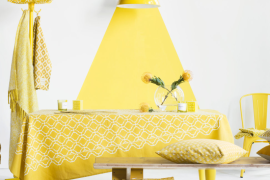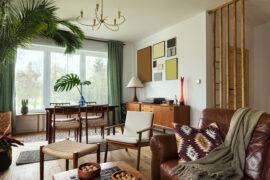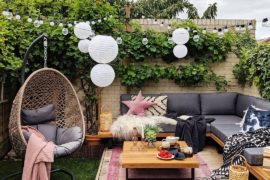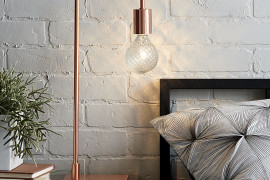Minimalism might feel cold or empty to most, but it doesn’t have to be. Warm minimalism is a softer, more inviting take on the less-is-more approach. Instead of stark white walls and bare rooms, warm minimalism leans into natural textures, cozy elements, and thoughtful decor. It’s about balance, having enough to make a home feel complete without excess. If you want a space that’s both uncluttered and welcoming, this style might be the perfect fit. Here’s how to bring it into your home in a way that feels easy and comfortable.
Prioritize Natural Materials
Warm minimalism thrives on organic elements. Wood, linen, wool, stone, and clay are all seen a lot in warm minimalism, used for both decor and part of core pieces. Instead of glossy surfaces and synthetic materials, look for furniture and decor made from raw, unfinished, or lightly treated materials. Think, for example, of a wooden dining table with visible grain, a linen throw draped over a sofa, beautiful stone countertops, or a hand-made clay vase. These types of items are timeless, and the materials age well, only growing more beautiful over time as they become truly lived in.
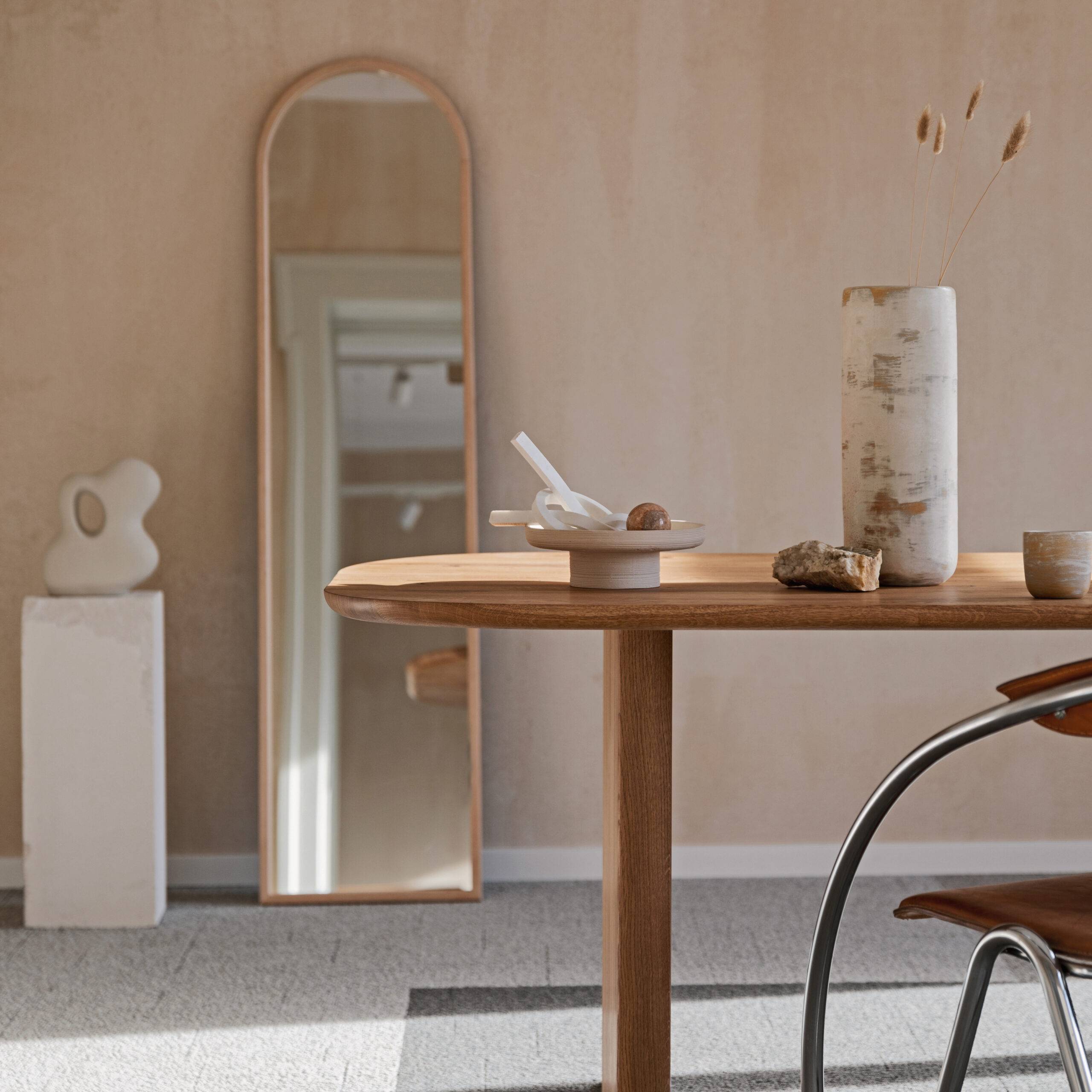
Use a Muted, Earthy Palette
Color plays a big role in warm minimalism. Instead of the stark whites or cold, clinical grays usually seen in minimalism, its warmer counterpart focuses on soft, muted tones. Warm neutrals like beige, taupe, and sand create a calm, grounded feeling. Other subtle earthy shades, such as warm grays, olive greens, or terracotta, add some character without overpowering. The goal is to create a natural flow where colors blend effortlessly rather than compete. Even if you prefer a monochrome space, choosing warmer undertones will make it feel inviting rather than sterile.
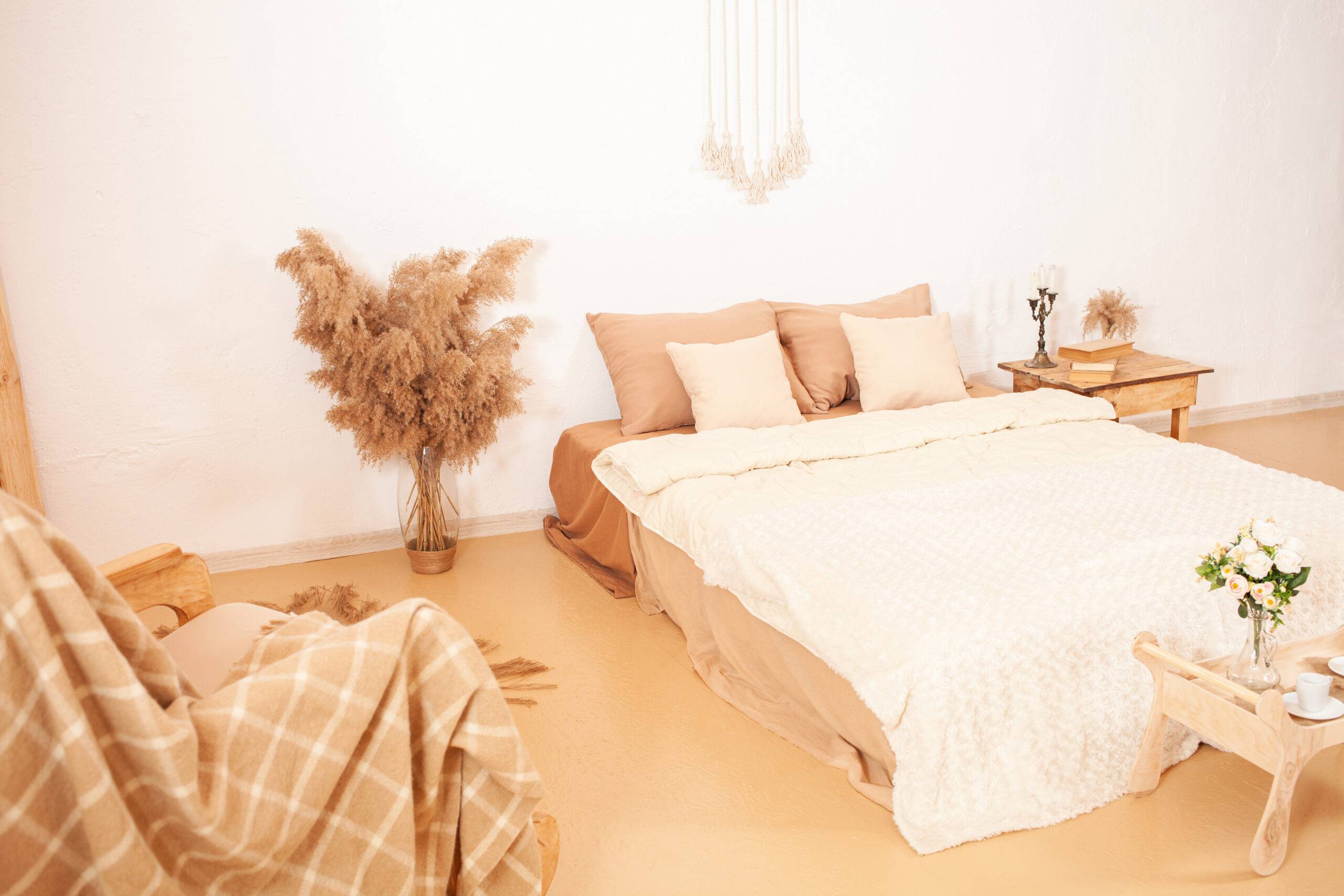
Focus on Meaningful Objects
In minimalism, warm or not, every item has a purpose. This doesn’t mean your home has to feel empty, just intentional. Instead of filling shelves with decorative items for the sake of aesthetics, choose pieces that hold personal meaning or that you’ll get a lot of use out of. A handmade ceramic bowl from a trip abroad, a vintage lamp passed down through family, or a piece of artwork that speaks to you, these objects bring value through connection, not excess. The fewer items you have, the more each one stands out. The goal is to surround yourself with things you love, not things that simply take up space.
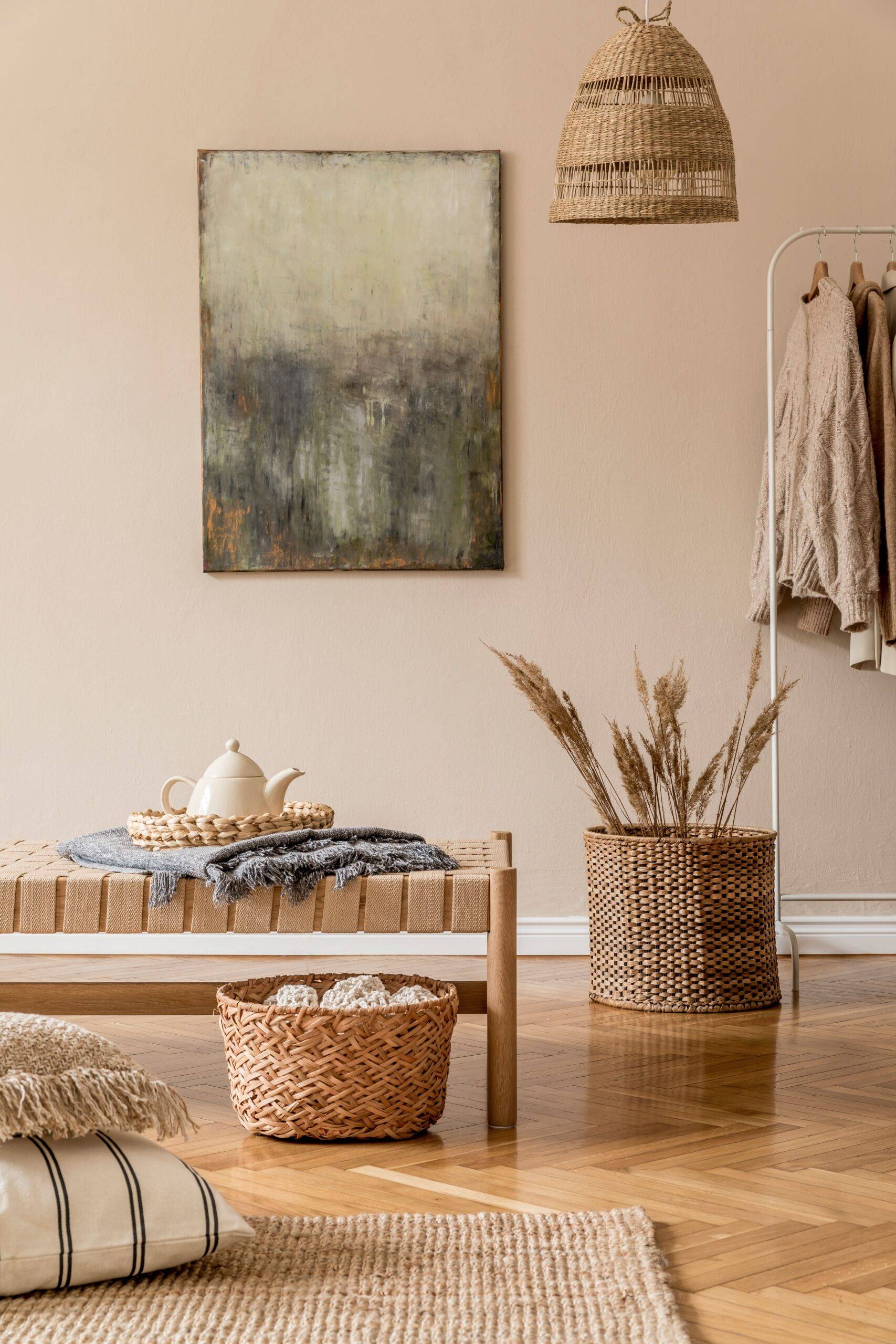
Let Light Shape the Space
Lighting is just as important as furniture in a warm minimalist home. Natural light should be maximized wherever possible, whether through sheer curtains, larger windows, or strategic mirror placement. Soft, ambient lighting in the evening, think warm-toned bulbs, dimmable sconces, or candles, creates a cozier feel. Instead of harsh overhead lighting, use table lamps or floor lamps to spread a softer glow. Light should feel natural and gentle, working with the space to highlight the shapes in your decor. A well-lit room feels open, calm, and welcoming, even with minimal decor.
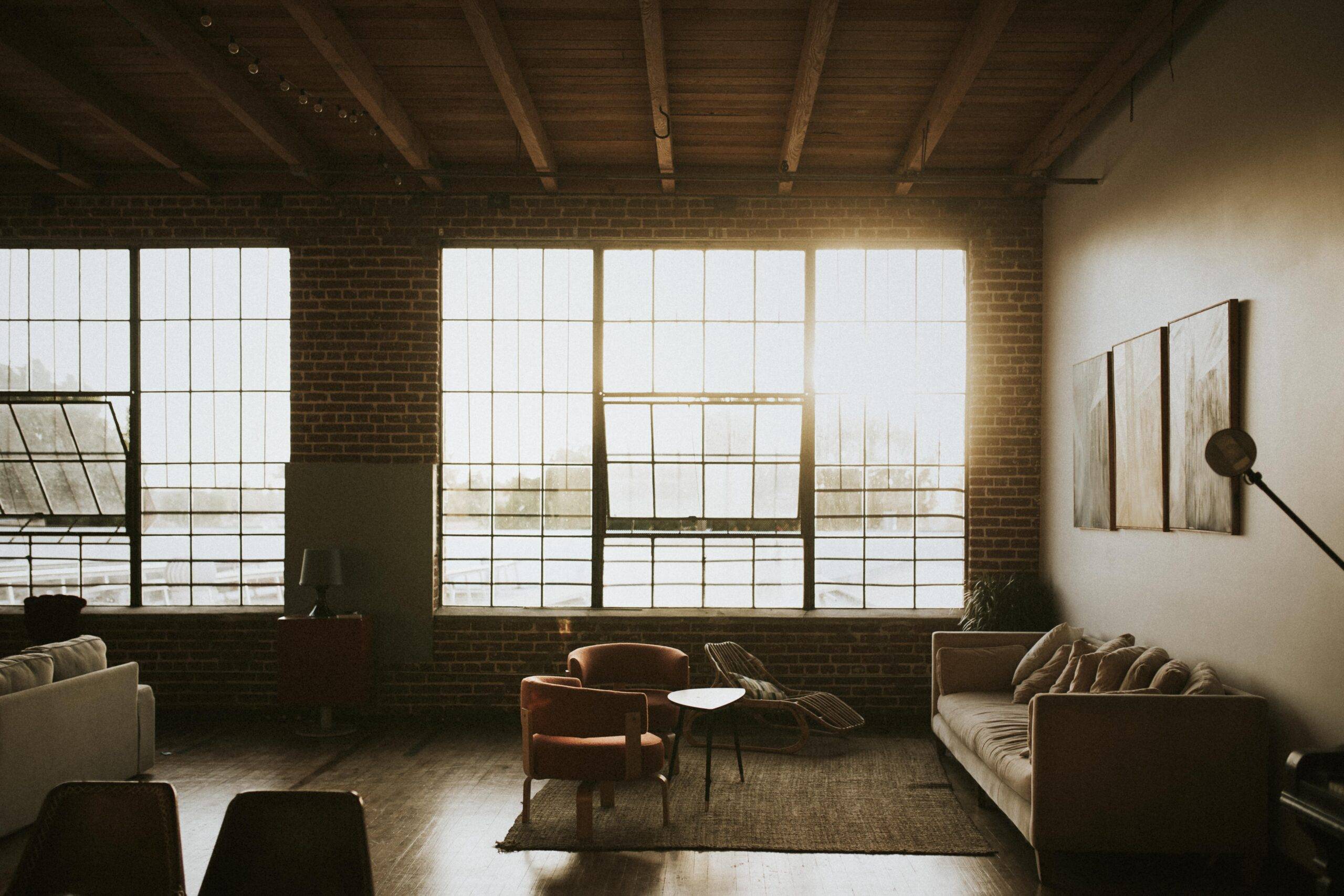
Embrace Negative Space
Empty space isn’t a bad thing, it allows a home to breathe. Instead of filling every corner with furniture or decor, let areas of openness exist. A bare wall with a single, well-placed piece of art can have more impact than a gallery wall filled with prints. A spacious entryway without clutter feels more inviting than one packed with storage solutions. Negative space makes everything else feel more intentional, and it helps free up the mind too, giving it a rest from overwhelming visual stimuli. The key is knowing when to stop adding rather than focusing on what’s missing.
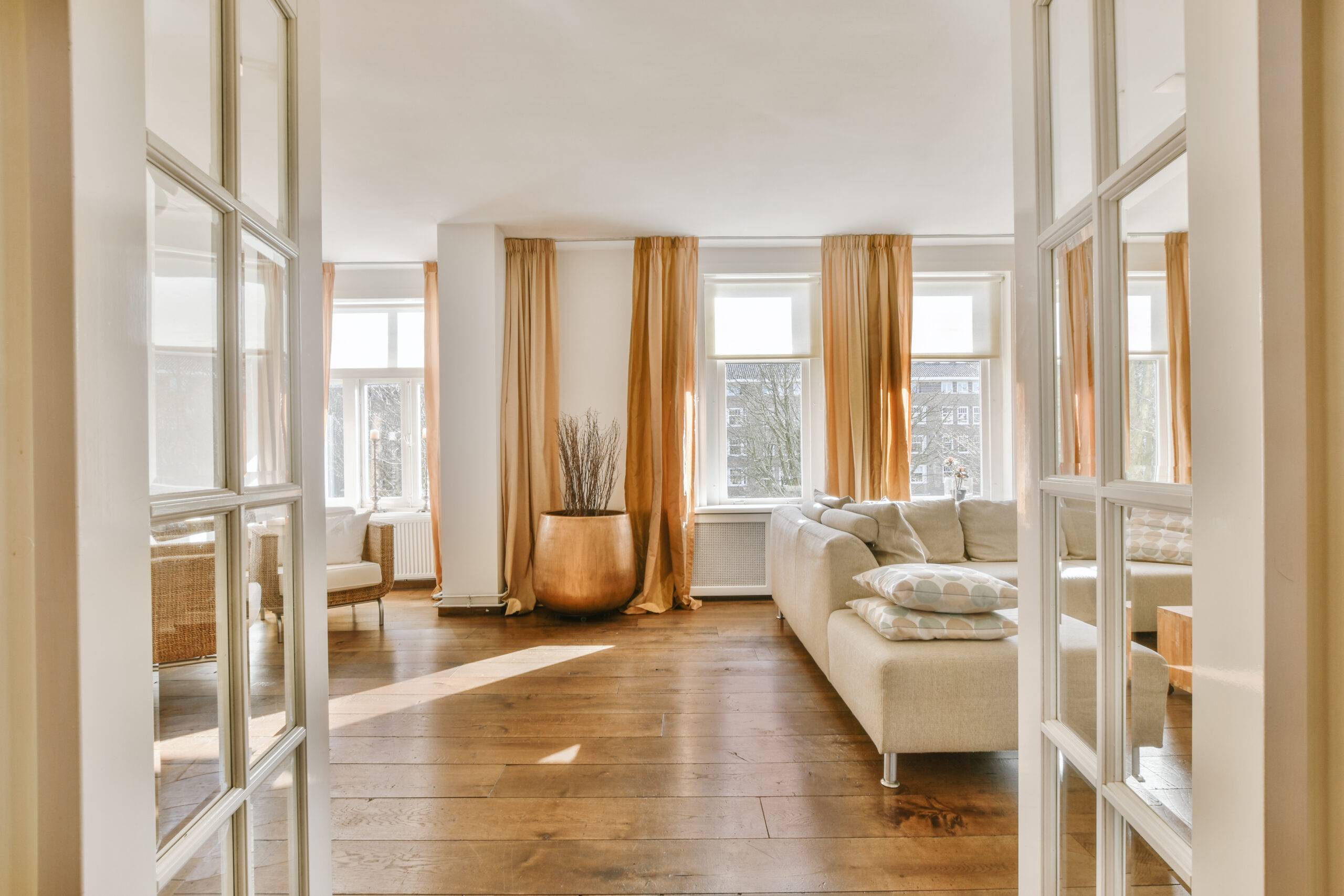
Keep Function at the Core
Minimalism, at its heart, is about making life simpler. Warm minimalism takes that a step further by ensuring that simplicity doesn’t sacrifice comfort. Every piece in your home should serve a function, whether that’s seating, storage, or a source of comfort. A well-designed home isn’t just visually appealing, it’s easy to live in. Instead of purely aesthetic choices, think about how a space feels to use daily. A well-placed chair by a window, a kitchen layout that makes cooking easier, or a cozy reading nook with just the right lighting, it’s these small details that make a home truly functional and warm.
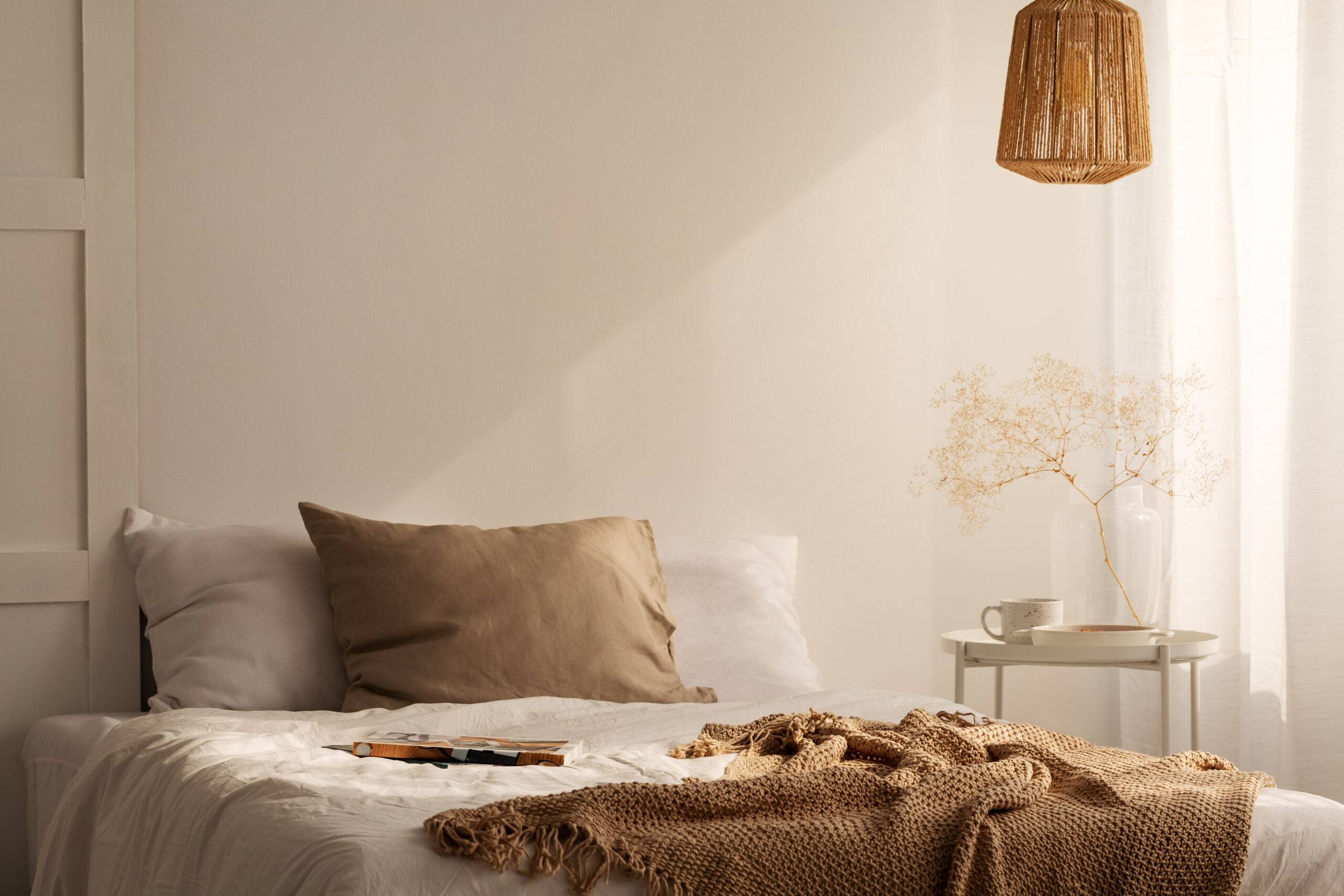
Warm minimalism is about balance. It eliminates excess but keeps that homey sense of comfort intact. It focuses on the natural, the inviting, and the necessary, not wanting you to get rid of all your possessions, but think about what purpose those possessions serve. It’s not really about following strict rules either, though. It’s about making your home feel good to live in. If you’re unsure how much you want to commit to the lifestyle, try it out in just one corner, one room. You might be surprised at how calming a practice it is!
